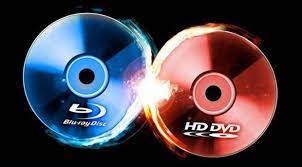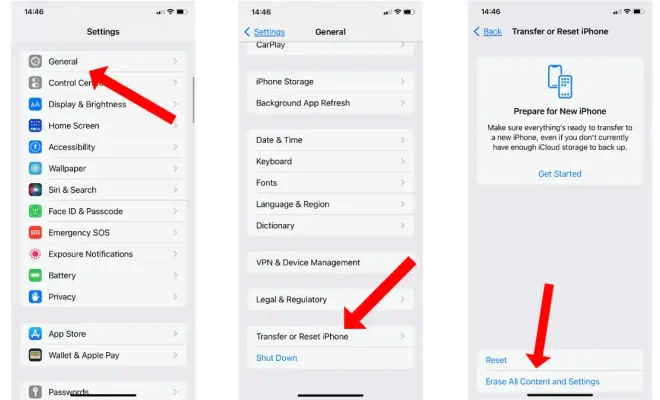Blu-ray vs HD DVD: which video format is for you?

In the world of high-definition video, two formats have emerged as contenders for the ultimate viewing experience: Blu-ray and HD DVD. Both technologies were introduced in the mid-2000s offering superior video and audio quality compared to standard DVDs. However, despite their similarities, the two formats have some key differences and unique features that can appeal to different users. In this article, we will delve into the details of Blu-ray and HD DVD to help you decide which format is best suited for your needs.
Blu-ray Overview
Blu-ray, also known as Blu-ray Disc (BD), was developed by a consortium of companies, including Sony, Panasonic, and Philips among others. Boasting high storage capacity and exceptional video and audio quality, Blu-ray quickly gained popularity as the preferred choice for high-definition movies and games.
Key Features:
1. Storage Capacity: Blu-ray offers up to 25GB on a single-layer disc and up to 50GB on a dual-layer disc.
2. Video Quality: With support for resolutions up to 1080p, Blu-ray provides stunningly detailed and crisp visuals.
3. Audio Quality: Supporting lossless audio codecs like Dolby TrueHD and DTS-HD Master Audio ensures unparalleled audio fidelity.
4. Interactivity & Extras: The bonus content or special features on Blu-rays can include interactive menus, picture-in-picture commentaries, and internet connectivity for additional material.
HD DVD Overview
HD DVD, which stands for High Definition Digital Versatile Disc, was developed primarily by Toshiba with backing from Microsoft and other companies. Although it came onto the scene around the same time as Blu-ray, it ultimately lost market share to its competitor and was discontinued in 2008.
Key Features:
1. Storage Capacity: HD DVDs offer up to 15GB on a single-layer disc and up to 30GB on a dual-layer disc.
2. Video Quality: Just like Blu-ray, HD DVD supports resolutions up to 1080p for high-definition video content.
3. Audio Quality: Lossless audio codecs like Dolby TrueHD and DTS-HD Master Audio were also supported by HD DVD.
4. Interactivity & Extras: Similar to Blu-ray, HD DVDs often included interactive menus, picture-in-picture commentaries, and web-enabled content.
Which Format is for You?
While both Blu-ray and HD DVDs offer excellent video quality and immersive audio experiences, there are some factors that can tip the scales in favor of one format over the other:
1. Availability: In terms of availability, Blu-ray has a clear advantage, as HD DVD was discontinued in 2008, making it increasingly difficult to find new HD DVD releases and players.
2. Storage Capacity: If storage capacity is a priority for you, Blu-ray’s higher capacity can accommodate more extensive bonus content or even entire TV series on a single disc.
3. Popularity & Support: Blu-ray has become the de facto standard for high-definition physical media, and with greater industry support, you can expect continued advancements in the technology.
In conclusion, while both formats provide an exceptional viewing experience with high-definition visuals and audio, the widespread support and continued development of Blu-ray make it the more viable and future-proof choice for most consumers. However, if you happen to own an HD DVD player or already have a collection of HD DVDs, then continuing to enjoy your existing library may be more appealing to you. Ultimately, the choice depends on your individual preferences and requirements.






